Social distancing elicits connection through digital platforms, devices
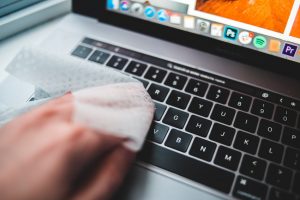
After the global outbreak of coronavirus in the United States, the Centers for Disease Control and Prevention (CDC) and the White House mandated a shelter-in-place and banned any gatherings of ten or more people over 15 days, starting March 16.
To contain the pandemic, the idea of social distancing and online transitioning becomes more crucial than ever for the next few months. However, the idea of working from home, adjusting to online school and social isolation is daunting to many.
According to John Hopkins Medicine, social distancing is defined as “deliberately increasing the physical space between people to avoid spreading illness.” The recommended distance is staying at least six feet away from other people.
Some examples of social distancing that allow individuals to avoid crowded spaces are working from home, closing schools, and canceling or postponing conferences and meetings. All national sports, including NBA, MLA, and NCAA, have canceled their seasons.
In the following podcast, senior Serena Zhao discusses with Fresno resident Nicole Medeiros about how to practice social distancing at home.
National Public Radio (NPR) provides a Q&A about what people can and cannot do during social distancing. As mentioned on the media platform, dining in a restaurant, visiting elders at their home or in nursing homes or getting playdates for children can cause potential risks and should not be considered.
[media-credit id=139 align=”alignright” width=”232″]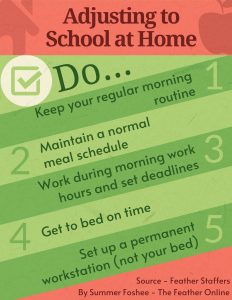 [/media-credit]
[/media-credit]
As students who are currently at home transfer to remote and online classes, more people thought of ways to invest in the digital spaces. Many columnists in large online newspapers share opinions on how to use technology to their advantage during quarantined times at home.
New York Times columnist Kevin Roose shares his perspective on technology impaction during social distancing. He mentions, “we see an explosion of creativity as people try to use technology as a bridge across physical distances.”
He points out people’s attempts to practice new kinds of social distance gatherings such as online yoga classes, free exercise courses, virtual church services and virtual dinner and game night parties.
In the following tweet, Global Citizen partners with The World Health Organization (WHO) for the movement “Together, at home.” Every day, they give celebrity artists 30 minutes of online live stream concerts through Instagram.
We launched #TogetherAtHome — a series of virtual concerts with some of your favorite artists to show how we can all take action against #COVID19. Watch the full performances by Chris Martin from @coldplay, @johnlegend, @charlieputh, and more ? https://t.co/fJ8NCxzup9 pic.twitter.com/HOwb1NLT5J
— Global Citizen (@GlblCtzn) March 20, 2020
With more people engaging in the digital world, people choose to be aware of media issues and increase their skill of media literacy. By vigorously participating in online culture, active audiences access, analyze, evaluate and communicate media messages in various ways.
[media-credit id=139 align=”alignleft” width=”232″]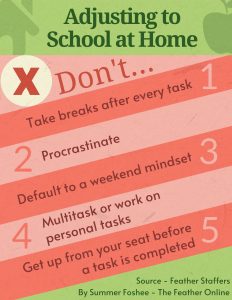 [/media-credit]
[/media-credit]
Researchers on Facebook suggest people who often use social media actively by going through the process of media literacy report to be happier than those passive audiences who simply scan the news.
By actively interacting with people (messaging and commenting on posts), research shows improvements in well being. Research conducted at Carnegie Mellon University suggests online communication improves depression and loneliness.
This is a challenging time for many parties. An article on KQED-FM provides resources of online classes, aimed to help educators and students prevent negative origins of online and alternative learning.
Many websites offer free resources for families trying to homeschool children from preschool to college. Kids Activities provides a list of education companies offering free subscriptions due to school closings. National University and NUVHS offer three months of free online classes to all California high school and college students due to the COVID-19 outbreak.
They believe online transition should be made as smooth as possible with a positive attitude. Teachers should organize periodic video meetings with students, check-ins to offer help and any assistance they might provide during this period.
FC administration and teachers engage with the student body via the WebEx portal. Plus, through Schoology, they give out clear instructions on homework, expectations and guide students to learn independently despite a school day now totally based at students’ homes.

A Hubspot article also offers tips such as get started early and structure the day as usual for people who work from home. However, the negative impacts of working from home are also inevitable.
Research in the Journal of Economic Behavior & Organization found that people performed tedious tasks better in a controlled setting than they did in a relaxing environment. When facing a dull assignment, people can’t concentrate and focus because they are in a non-competitive environment, lacking encouragement from peers.
David Janzen of Windsor, Colorado writes software and works in the IT department for Nutrien, an international fertilizer company. The advancement in technology eventually halted the requirement for him to work in an office.
“I’ve never really enjoyed working from home,” Janzen said. “I like having separation in my life, and working from home blurs that separation. I have always loved the social aspect of work; the vast majority [of work] has nothing to do with my job itself.”
In the following tweet, American singer Miley Cyrus discusses methods of maintaining mental health during reclusive times.
Singer Miley Cyrus has been featuring a daily series called “Bright Minded” talking to friends, professionals, and other celebrities on how to keep mental health balanced in depressive times. People can check out the videos through Instagram and Twitter.
BRIGHT MINDS = ? pic.twitter.com/A2w6ML9jD9
— Miley Ray Cyrus (@MileyCyrus) March 17, 2020
Software developer and programmer for 31 years in Fresno, David Kleschold has worked in his house office for most of his career and gained a few insights into working from home. For him, it is helpful to develop a well-structured daily routine.
“Being in a home office affords lots of freedom, but along with that comes the responsibility to use your time wisely,” Kleschold said. “I have converted one bedroom into a small office space with the idea that when I am done working for the day, I can log out of my computer, shut it down and leave the office.”
Kleschold also recommends workers to set up a fast internet connection and interact with peers through teleconference platforms such as Zoom, WebEx and MS Teams. In addition, drinking coffee in the morning and taking a 10-15 minute power nap after lunch can also help workers to stay focused and sharp during the day.
Blogger, writer and social media consultant Lauren Bonheim manages her Lauren on Location brand and lifestyle from her computer. She currently lives in Spain and is under home quarantine. Under social distancing, she wrote over 100 ways to stay entertained during the home quarantine on her blog.
“It’s a work in progress,” Bonheim said. “I am adding more ideas and activities every day. I feel like I am already an expert on managing long-distance friendships. My friends and I have been scheduling FaceTime dates to catch up and eat or have our coffee together.”
In the following Instagram post, Bonheim recommends utilizing the mandated quarantine to try activities that have been put off or procrastinated.
Lauren continues to say that another great way to stay in touch is to find something new and exciting to start together, such as a book, a Netflix series or even a class of some sort.
Recently, Lauren signed up for a free Yale University online course about the science of well-being. For more information on masterclasses in Ivy League schools, people can visit Class Central.
In the following podcast, senior Serena Zhao talks to Lauren Bonheim about tips to effectively stay focused while working from home.
President of Kroll’s Korner Tawnie Graham runs her personal Fresno business from home. She is a registered dietitian nutritionist who writes blogs, creates recipes and teaches people about food and nutrition.
Kroll’s Korner creates recipes with a healthy twist and believes a balanced lifestyle is important. On her blog readers will be able to find recipes about cookies and muffins but also kale salads, smoothies and much more!
Graham explains how she avoids distractions when working in her home office and how she breaks up the time in her day so that she can get work finished.
“I bought a time block on Amazon for $15 and it helps me break up my day,” Graham said. “I did this to break down my time into 30 minutes emails, 10 min snack/phone break, 30 minute work and more. I also turn off all of my notifications with the exception of emails. “

Graham suggests some healthy food habits for people to practice during home quarantine.
“I batch prep – roast veggies in advance, make hard boiled eggs for ‘fast food’ during the week, batch cook rice, quinoa, pasta, make salad dressings and pre-cut veggies,” Graham said. “These small actions help a lot when it’s time for meals or snacks.”
For some like Bonheim and Graham, working from a computer is an easy adjustment from their everyday jobs. For others, being far away from home and having to navigate online productivity is a challenge.
Far away from home in Vietnam, campus junior Chau (Amanda) Phan describes her quarantine life in the US. Phan stresses the importance of staying calm during this period.
“Whether I go home or not, this outbreak is happening around the globe,” Phan said. “So what students can do is to stay calm and concentrate on their study.”
Phan started using Google Keep as a tool to list out and schedule all of her work. “Because all of the assignments are updated through emails or Schoology, it is easy to lose track of them,” Phan said.
She appreciates the technology that helps to bring the community together even though people are trying to minimize physical interaction.
Whether amid quarantine or a career based in a home office, people should remain in a positive mindset about daily life and try to practice self-control, learn new skills and stay healthy. While many of these professionals offer advice on how to work successfully in isolation, tips also apply to students.
Students should continue to stick to a regular routine as they would getting up, going to school and setting goals. Starting the day in the morning helps refresh the brain and prepare students to stay concentrated during online classes.
For more articles, read Superintendent, faculty share updates on school, alternative learning model and Braden Bell leads tennis team, aims to persevere through crisis.

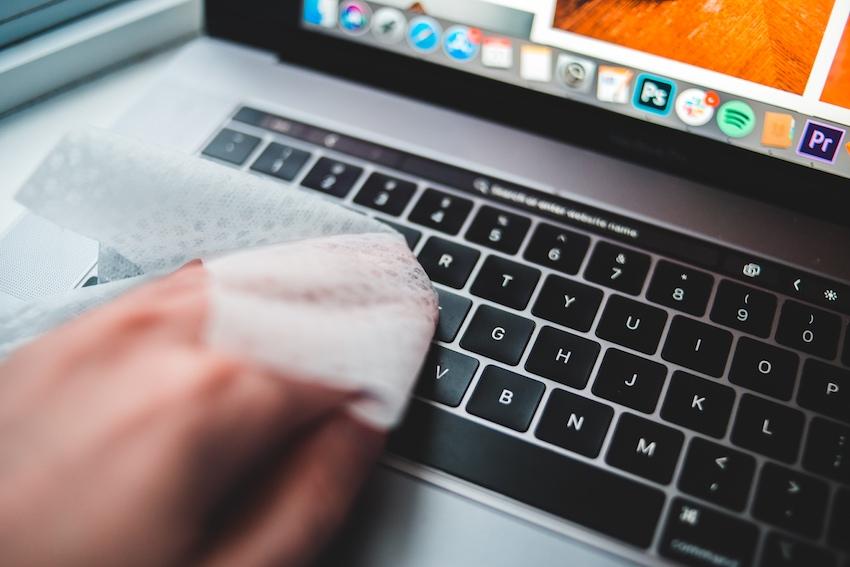
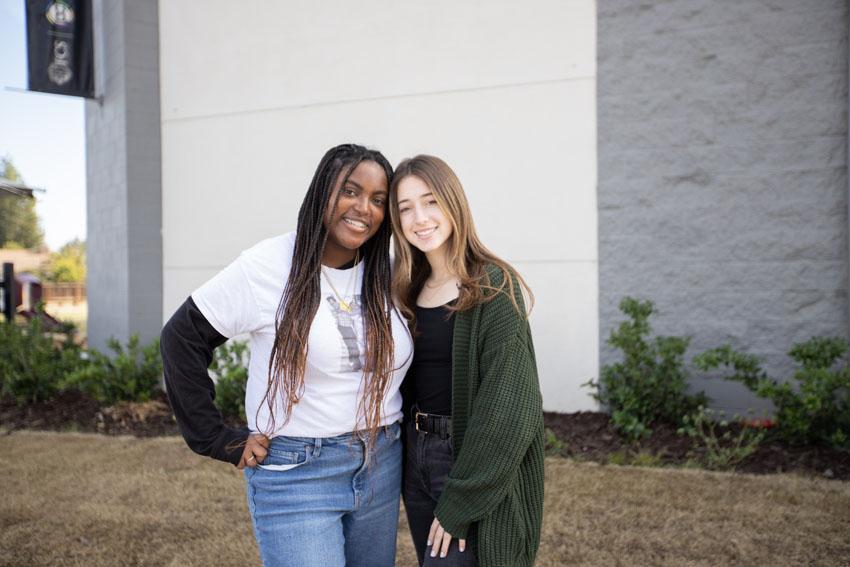
![[Podcast] Moving Forward: God in the unexpected](https://thefeather.com/wp-content/uploads/2023/01/IMG_9994.jpg)
![[Podcast] Moving Forward: Fentanyl crisis](https://thefeather.com/wp-content/uploads/2022/11/20170509-fentanyl-pictures-0012.jpg)
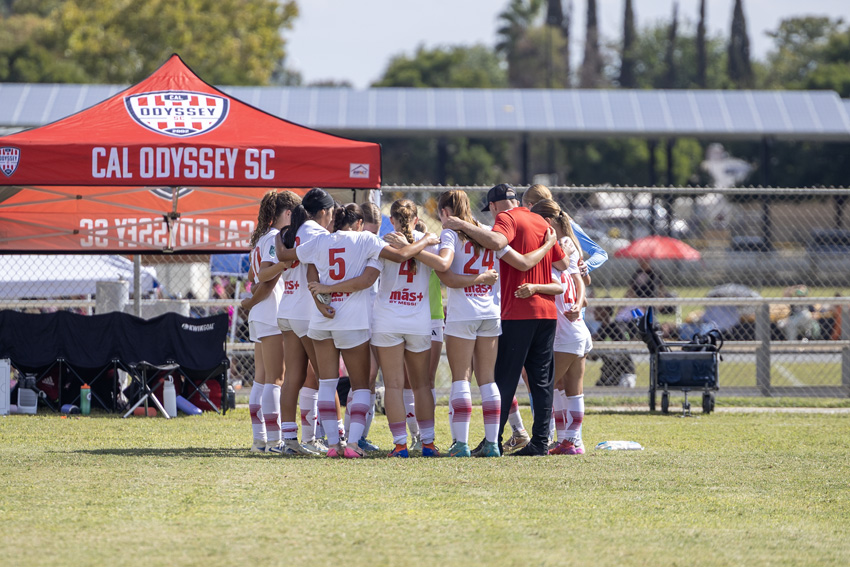
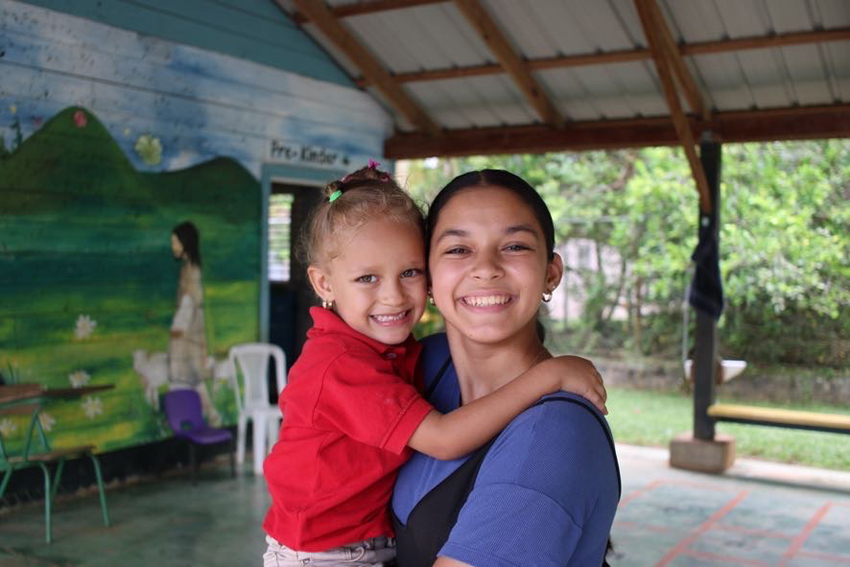

Brooke Stobbe • Mar 27, 2020 at 9:39 am
This is a great article! Well researched, written, and so relevant to what we’re all going through. Thank you for taking the time and work to put this together for us!